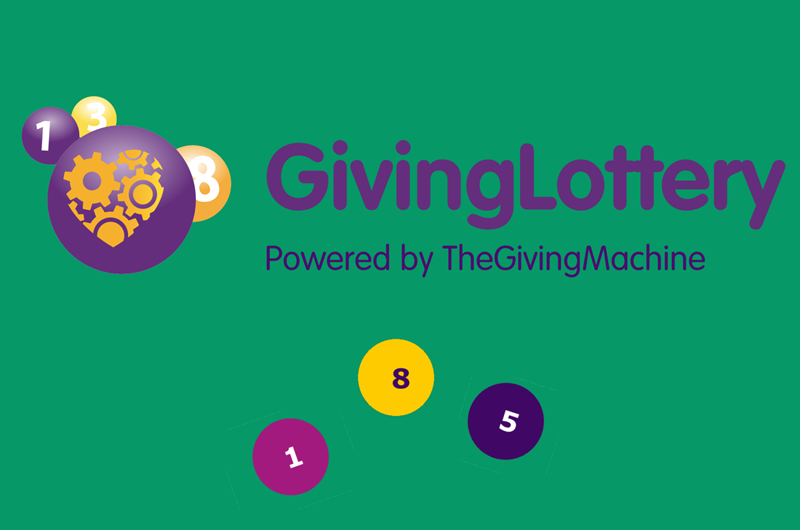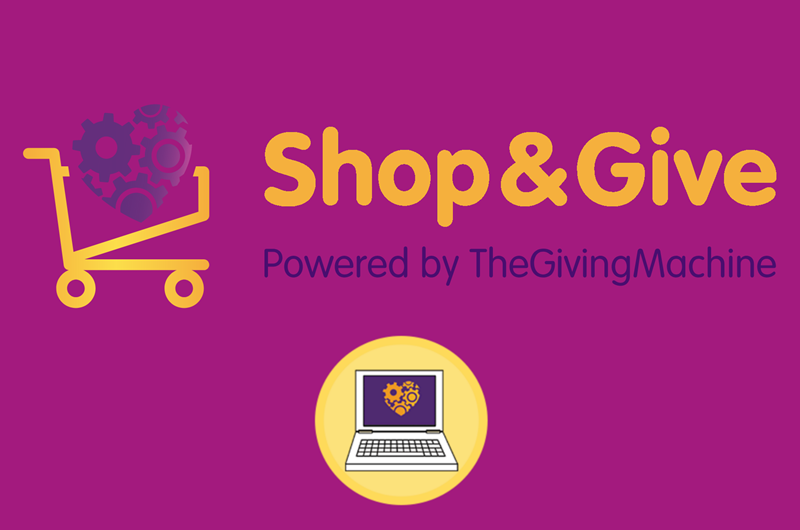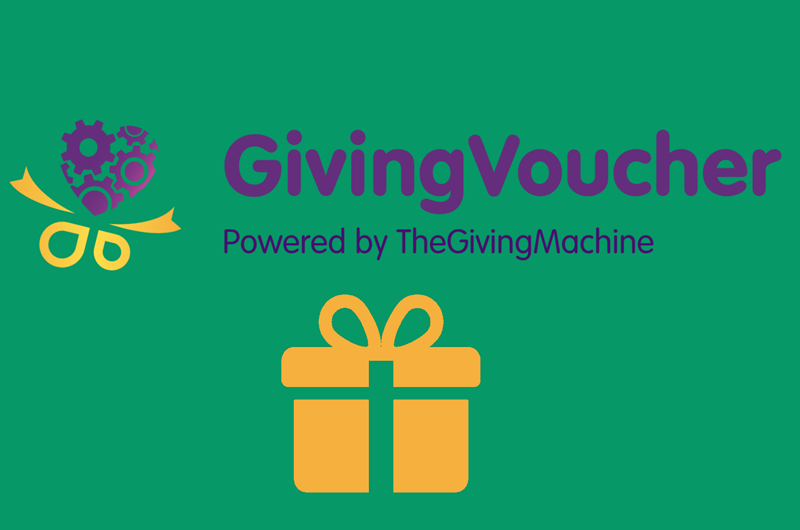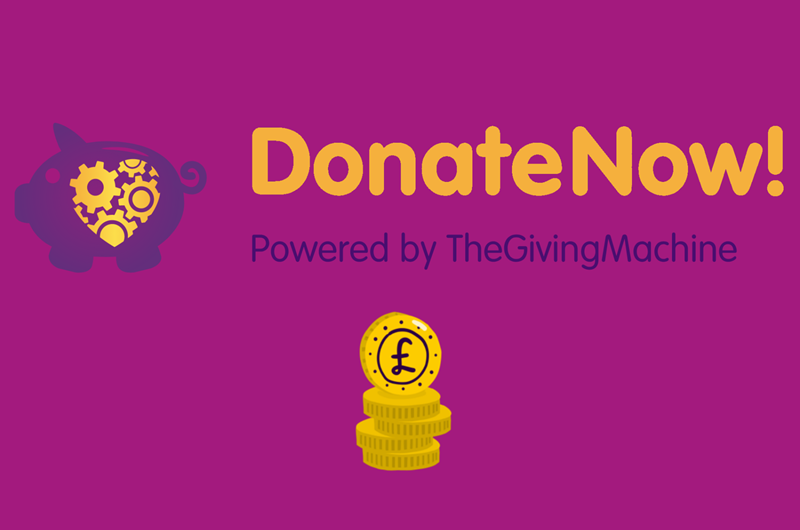The last year has really been all about “Going digital in the charity sector”.
Going digital is a pretty broad heading – so what does it all really mean? Well in short it means trying to move as much of your business operations into a digital/technical space as makes sense for your charity. Never before has there been such pressure to do this as in the most recent times. With services cancelled and people unable to meet in person this last year has seen a huge acceleration in charities’ needs to be present in the digital space. Whether it’s about facilitating human interaction and continuation of services or better managing remote working and record keeping – it’s all been brought to the fore for many; more often than not particularly for smaller charities with even smaller budgets).
The kind of digital transformations I have been part of in the past 12 months have included
- VOIP implementations
- CRM selection and adoption
- Cloud based business systems
- Process automations
- Live chat implementations
The most common by far have been CRM adoptions and moving business systems to the cloud. Why these two? Well in short – both of these are pivotal in making sure that your charity staff can operate well when not in the same physical location and also ensuring good continuity of service and care for your service users.
What is a CRM and do I need one?
I could write a whole series of articles on this subject but for now let’s keep it brief!
CRM’s (Customer Relationship Management systems) are pretty self describing – they let you manage customer relationships. What isn’t always clear when people embark on this journey which customers they are trying to manage. Do you need tighter control over your funding data and relationships, or perhaps on how you reach out to your supporters, or how you manage your volunteers or do you actually need to gain better control and visibility over service interactions ie case management.
Most charities will have some sort of CRM in place already – this may just be a spreadsheet or a mailing list at first. As the number of people you engage with increases you will likely become in need of a CRM to better manage these engagements. If you have found yourself struggling to know who has been contacted about what, or whether something has or hasn’t been done, or had a need for data sharing - you are likely nearly there.
A CRM will help you consolidate the data you have, formulate processes and patterns and give you a more holistic view over your customers – whoever they are.
What to think about
I worked with the team at DOT PROJECT over the last year on a number of engagements and assisted in putting together this guide. If you are seriously considering starting your CRM journey – I recommending giving it a read as it provides loads of great tips. The main points to consider are
- Understand your needs and goals – it really important to know what problems you are trying to solve and who you are trying to help
- Research the main players in the market/sector – Do your own research but also have a chat with others in the same space as you and find out what they are using and their experiences with the tool
- Check out charity pricing and think about the future – Licencing models vary so you will need to consider implementation costs + year 1 then project years 2 and beyond to ensure the licencing model of the products you are considering are sustainable. Don’t forget most software providers have great Non Profit discounts so be sure to ask about these. Also remember you are likely to require ongoing support.
- Have a go! – whilst I always recommend engaging a specialist to actually implement and the real solution most providers offer a trial version where you can have a go in your own time and see how a product works and feels for you
- Pick an implementation partner – unless you are lucky enough to have in house expertise, I would recommend engaging with someone who specialises in CRM’s and knows the charity space
Should I move my business systems to the cloud?
I authored a series of articles on this subject as part of my engagement with DOT PROJECT which you can check out here.
By business systems we are mainly referring to elements like Email, calendars, document sharing and collaboration. There are many reasons why you might move to the cloud including but not limited to
- Resilience – Not having to worry about having a server run out of space, go off line, be inaccessible
- Security – Shared responsibility model. The Cloud provider is responsible for security the architecture and you are responsible for controlling who you choose to allow to access it and how
- Flexibility/scalability – Ability to grow with you simply by effectively just adding a new user to your licence
- Mobility – any one can work from anywhere
- Cutting Edge – the service provider ensures that all the hardware and software is on the latest version
- Costs – more often than not, for charities, the costs are less than building and maintaining your own set up thanks to excellent charity discounts
What to think about
The thought process for this is not dissimilar to selecting a CRM.
- Consider your requirements eg Security, enhanced encryption needs, who are your users and roles, what should your document repository look like, do you need to migrate any data?
- Review costs of each provider - again you should consider the implementation, licencing, ongoing support, projected growth incrementals
- Who to use – review the players in the market; most people will be considering Google or Microsoft (but there are other players out there). How do their products match your needs and do you need one or the other or a blended approach
- Pick a partner – you may want to engage with a partner before making the final selection on product to take their expert advice. Again, ask around your peers to see if any charities locally have a partner they trust and remember, finding one who understands what you do and how charities work is an important consideration
Remember…
Not everyone or every charity, can, or should go 100% digital. Many services massively benefit for real human interaction and going 100% digital could stop a good number of service users from accessing your services; particularly those in a vulnerable and/or the elderly care sector. Use digital to benefit your operations – internally and externally but not at the exclusion of those you are trying to help.
TheGivingMachine – how can we help you be more digital
Check out our range of products that can help you on your digital journey





About the author
Nicola Chowings
Nicola is our Technical Director and has been in IT for over 25 years; In a previous life Nicola was Head of Development @ Game Stores Group followed by Technical Architect for Amazon, before focusing on the charity sector. Nicola now provides specialist IT consultancy services focusing in the charitable sector helping them maximise efficiencies on challenging budgets. Nicola is now a member of DOT PROJECT, a Cooperative of practitioners who believe that Technology and Digitalisation can help the social sector to thrive and work in a more connected way to deliver more sustainable impact.